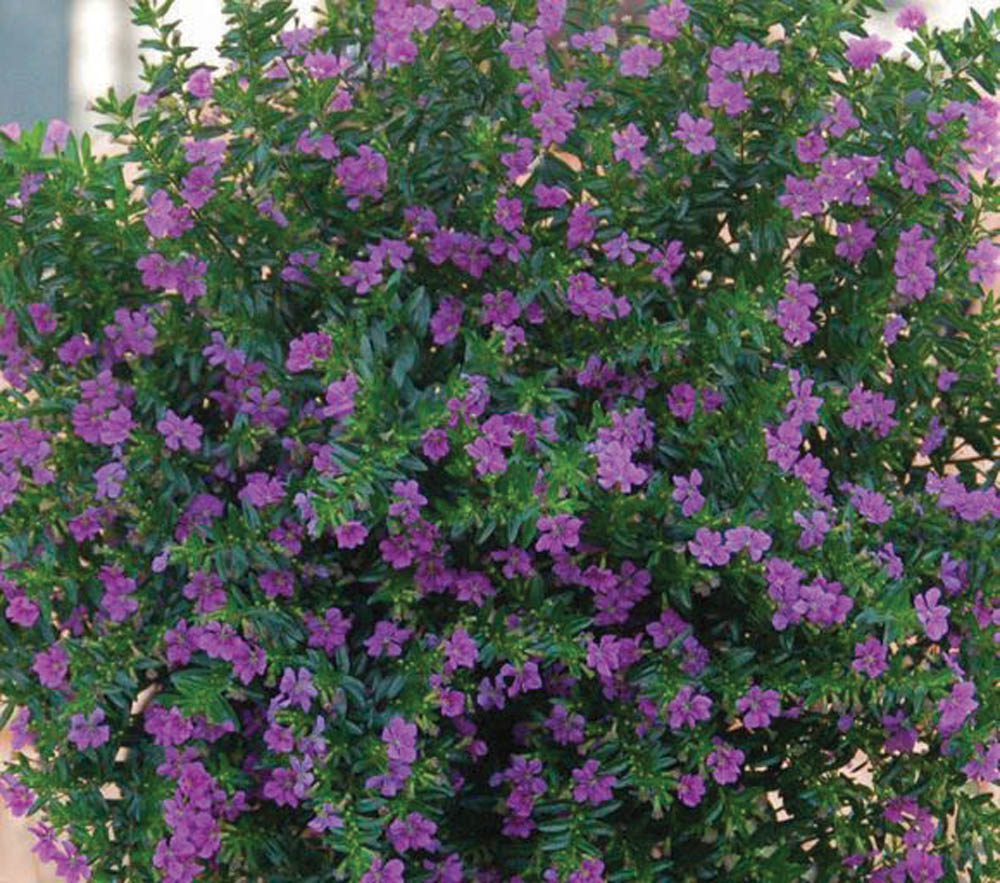Some of the most attractive potted plants to grace the north-facing deck of our home in the summertime are the pots of streptocarpella that I use every year. These delightful plants are relatives of both the larger streptocarpus houseplants that many gardeners have in their houseplant collections, and the African violet, which many people also grow. Like their cousins, they are of course tender tropical plants that will tolerate no frost and must be moved indoors when cold weather approaches.
Rather than long leaves like the streptocarpus, this plant has small, roundish leaves that are dull, not shiny, and which have a texture similar to those of African violet leaves.
Read Also

Growing garlic by the thousands in Manitoba
Rebekah Sandford planted 28,000 garlic plants by hand last year on her operation near St. Malo, Manitoba. She’s one of the few local garlic growers in the province and on the Prairies.
Streptocarpella makes a great houseplant as well. Although it performs best in a shaded location in the outdoor garden, indoors during the wintertime it will appreciate the weaker rays of the sun that stream through the windows at this time of year. I place mine in front of the south-facing window in my sun-room for the winter.
When I bring my pot(s) inside in the fall I cut them back to about 10 centimetres in height. I refresh the top bit of soil in the pot and sprinkle a bit of potato dust on the soil surface to deter any fungus gnats from setting up shop. By Christmastime the plants are beginning to bud, and by early March are in full bloom. It’s a shame that this bloom must be sacrificed in the process of starting new plants if the plants are slipped, which should be done before the end of March.
To obtain slips, the top 10 centimetres or so of the stems are removed by cutting them off just below a leaf axil so that the roots will emerge from these junctions. I plant the slips, about a dozen in a six-to eight-inch pot, in a soilless mix. Streptocarpella slips will also root in water or in perlite, but I use soilless mix so that they are then in the containers they will be in all summer – no transplanting required. Using a bit of No-Damp to wet the planting medium and dipping the slips into a rooting hormone powder increase the chance of success, although streptocarpella is not hard to slip and the slips root reliably. The containers should be placed in a warm location to facilitate root development.
The pot(s) of parent plants can be allowed to bush out and develop bloom again, and will be covered with bloom before planting-out time arrives. Streptocarpella can be fertilized with a diluted soluble fertilizer at half-strength every couple of weeks or so. Care must be taken to not splash water or fertilizer on the leaves because that will cause marks on the foliage. The pots also must have good drainage and be watered only when the top of the soil surface is dry – keep them too damp and they may rot.
If you want a delightful houseplant that also can be used as an outdoor pot plant during the summer, try streptocarpella. It is an undemanding plant which will put on a great show, both on the windowsill and on the patio.
– Albert Parsons writes from Minnedosa, Manitoba


















